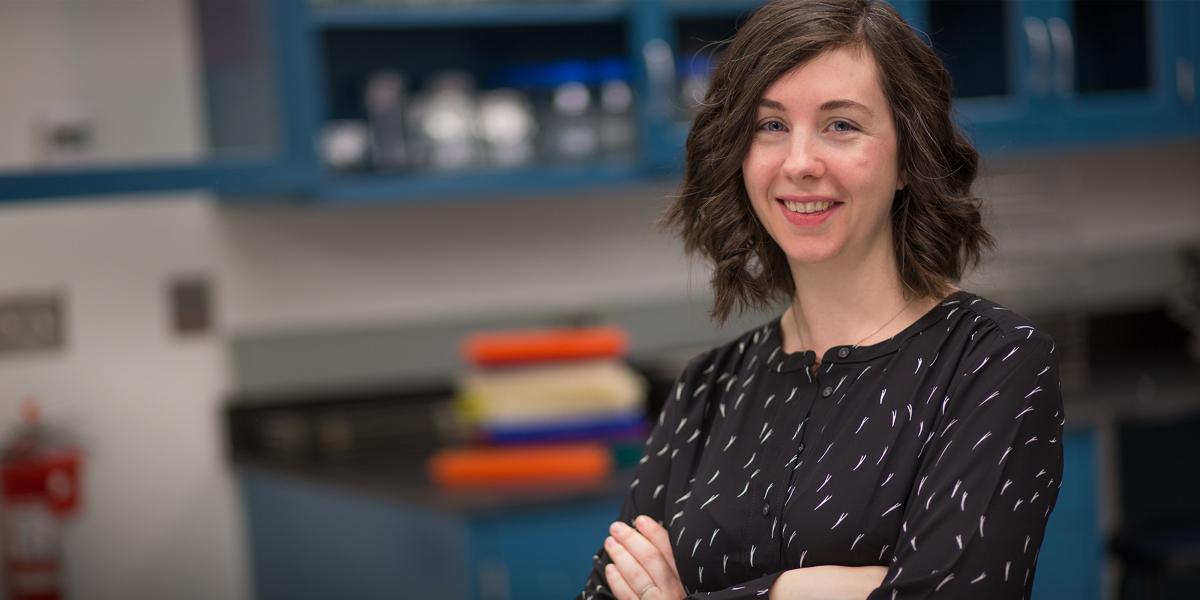Quick Change Artist
Want to stop the sleeping sickness parasite? Start with its multifarious outerwear.
Every year about 60 million people and nearly as many cattle are at risk of being stricken with sleeping sickness in sub-Saharan Africa. Untreated, the responsible parasite can lead to chronic lethargy, premature births and death. The culprit is Trypanosoma brucei, a not fully understood parasite spread by tsetse flies.
But Monica Mugnier, PhD, a new assistant professor in Molecular Microbiology and Immunology, has made key findings about the disease that affects people’s livelihoods in 36 countries. In a process known as antigenic variation, the parasite immobilizes the host immune system by donning “protein disguises.” Mugnier discovered that a population of parasites can put on scores of disguises simultaneously.
A pathogen typically carries a protein signature—in the case of sleeping sickness, a variant surface glycoprotein (VSG) that covers the parasite’s exterior—that the immune system recognizes and then sets out to destroy. However T. brucei changes the VSG “coat.” As each coat is turned on, the immune system recognizes and remembers it, so that coat can’t be used again. Mugnier has documented the parasite changing through more than 100 coats over 30 days during a single infection. Not only does it have a wardrobe of costumes, it can make new ones on the fly by recombining bits of individual disguises.
“With so many coats being used up in a short time, this sneaky recombination is required for the parasite to sustain a long-term infection,” says Mugnier, whose interest in T. brucei took root as a doctoral student at Rockefeller University.
Mugnier’s work earned her an NIH Early Independence Award. The prestigious five-year grant allows her to skip traditional postdoc training and will pay up to $1.25 million for her to establish a lab at the Bloomberg School, where she will work to unravel T. brucei’s mysteries. The award is part of NIH’s High-Risk, High-Reward Research Program, which singles out “exceptionally creative scientists who propose highly innovative approaches to major challenges in biomedical research.”
“My hope is that by applying new technology to these questions, we might be able to gain more insight into the mechanisms driving antigenic variation, which might allow us to think about new drug targets,” says Mugnier.
